Pughasa vs. Maspyr: Breed Differences and Similarities
Hypoallergenic
Are Pughasas or Maspyrs hypoallergenic, or neither?
Unfortunately, neither Pughasa nor Maspyr are hypoallergenic, which may not make them the best choice for dog lovers who suffer from pet allergies.
Temperament
What are the personalities of Pughasa and Maspyr dogs?
Playful
Alert
Courageous
Intelligent
Friendly
Affectionate
Obedient
Loyal
Devoted
Lively
Gentle
Going
Steady
Spirited
Assertive
Cheerful
Protective
Alert
Courageous
Intelligent
Confident
Affectionate
Patient
Loyal
Gentle
Strong
Willed
Fearless
Cheerful
Shedding Level
Do Pughasas shed more than Maspyrs, or which breed sheds more, Pughasas or Maspyrs?
Pughasa or Maspyr dogs are heavy shedders, they will lose a significant amount of hair each year. To decrease the amount of shedding, you can regularly brush your Pughasa or Maspyr. This will remove loose hair and keep their coat growing in the same direction.
Origin
What is the origin of Pughasa and Maspyr dog breeds?
United States
United States
Ancestry
What are the origins of Pughasa and Maspyr breeds?
Lhasa Apso, Pug
Great Pyrenees and Mastiff
Date of Birth
When were Pughasa and Maspyr breeds first developed?
Unknown
Eye Color Possibilites
What are the eye colors of Pughasa and Maspyr dogs?
Brown
Brown
Coat Color Possibilites
What are the natural colors of the coat for Pughasa and Maspyr breeds?
Black
Fawn
White
Brown
Fawn
Black
Gray
White
Cream
Coat Length
What is the typical coat length for Pughasa and Maspyr breeds?
Pughasas have medium-length coats.
Maspyrs have longer coats compared to most dogs.
Coat Density
What is the density of the coat of Pughasa and Maspyr?
Coat Texture
What is the hair texture of Pughasa and Maspyr?
Wiry
Straight
Litter Size
What is the usual litter size for Pughasa and Maspyr?
A Pughasa can have a litter of 4-6 puppies on average. However, it's worth noting that the size of the litters can vary greatly. Factors that can influence litter size include the health of the mother, breeding history, and genetics.
A Maspyr can have a litter of 6-9 puppies on average. However, it's worth noting that the size of the litters can vary greatly. Factors that can influence litter size include the health of the mother, breeding history, and genetics.
Adaptability
Pughasa and Maspyrs are known for their adaptability and versatility. They are capable of adapting well to a wide range of lifestyle changes and living environments, making them great companions for families and individuals of all lifestyles.
Health Issues
Between Pughasa and Maspyr, which breed is more prone to health problems?
The Pughasa and Maspyr breeds are commonly healthy with low vet costs, regular check-ups may not be as necessary but it's important to keep an eye on their health and have them checked by a veterinarian when needed.
Major Concerns
What are the major health concerns for Pughasa and Maspyr breeds?
Entropion
Intervertebral Disc Disease
Legg-Calve-Perthes Disease
Necrotizing Meningoencephalitis
Liver Shunts
Urolithiasis
Pulmonic Stenosis
Canine Hip Dysplasia
Gastric Dilation Volvulus (GDV) or Bloat
Minor Concerns
What minor health issues should be kept in mind when owning Pughasa and Maspyr?
Hydrocephalus
Eye Problems
Brachycephalic Syndrome
Corneal Ulcer
Elbow Dysplasia
Cataracts
Retinal Dysplasia
Hypothyroidism
Atopic Dermatitis
Progressive Retinal Atrophy (PRA)
Occasional Tests
What occasional tests are recommended for Pughasa and Maspyr breeds?
Eye
Blood
Liver Ultrasound
Skeletal
X-Rays
CT Scan
Physical Examination
Allergy Tests
Respiratory Tests
X-Rays
Eye Examination
Internal Imaging (x-ray, CT scan, MRI, etc.)
Full Body Examination
Thyroid Testing
Social Needs
Pughasa vs Maspyr social needs comparison
Pughasa and Maspyr have above average social needs compared to other breeds. They thrive in environments where they have a lot of interaction with humans and other dogs.
Sleeping Need
Which of the two sleeps the most/least: Pughasa or Maspyr?
Pughasa and Maspyr breeds are known to have moderate energy levels and normal sleep patterns, typically sleeping around 12-14 hours per day.
Mouthiness
Mouthiness Comparison: Pughasa vs Maspyr?
Roaming urge
Pughasa vs Labrador: Running away tendency?
Prey Drive
Pughasa or Maspyr - which breed has a higher level of prey drive?
Past times
What are some enjoyable activities and ways to keep Pughasa and Maspyr entertained?
Play keep away, Walk, Tug-of-war, Dressing up, Run, Playing
Playing fetch, Snuggling, Running, Walking, Go to Beach, Hike, Play keep away, Tug-of-war, Nap, Chase, Fetch, Runnin, Wrestle, Walk, Guard dog
Activity Level
Which breed has higher energy, Pughasas or Maspyrs?
Pughasas are medium-energy dogs and typically enjoy socializing and playing casual or even sustained games of chase with other dogs. They may also have occasional periods of barking or racing around the house.
Maspyrs are high-energy dogs. They need mental as well as physical exercise. These dogs require a lot of your involvement and without it they can, and will, become problematic dogs.
Tolerance of being left alone
Walks per Week
How many miles should Pughasa or Maspyr walk each week?
There's really no limit to how far you walk your dog as long as they're comfortable. For Pughasa, it's at least 8 miles / week. Just remember to build distance and stamina gradually over time.
There's really no limit to how far you walk your dog as long as they're comfortable. For Maspyr, it's at least 12 miles / week. Just remember to build distance and stamina gradually over time.
Activity per Day
Do Pughasas or Maspyrs require more exercise?
In general most Pughasas usually need at least 25 minutes of exercise daily. This can be spread across the day and include all sorts of high-energy activities, like walking, running and playing.
In general most Maspyrs usually need at least 60 minutes of exercise daily. This can be spread across the day and include all sorts of high-energy activities, like walking, running and playing.
Grooming
Which breed is easier to maintain in terms of grooming, Pughasas or Maspyrs?
Pughasa and Maspyr are breeds of dogs that require an average amount of grooming effort.
Brushing Frequency
What is the recommended brushing frequency for Pughasa and Maspyr dogs?
Ideally, Pughasa should be brushed at least 2 or 3 times a week (preferably daily) improve shedding.
Maspyr should be brushed at least once a week. Of course you can give them more frequent brushes if you find that they are still shedding a lot
Brushing Tools
What brushing tools are used for Pughasas and Maspyrs?
Pin Brush
Comb
Scissors
Nail Clipper
Pin Brush
Comb
Nail Clipper
Cups
How much food should be given to Pughasa or Maspyr in cups?
For an average 12-18 pound (5 - 8 kg) Pughasa feed 1 cups daily. But, keep in mind, the amount you feed is going to be dependent on the quality of the food you are feeding.
For an average 110-200 pound (50 - 91 kg) Maspyr feed 3.5 cups daily. But, keep in mind, the amount you feed is going to be dependent on the quality of the food you are feeding.
Daily Cost
Which breed has a higher daily cost, Pughasa or Maspyr?
The average cost of a Pughasa is somewhere $1.00 - $1.40 per day.
The average cost of a Maspyr is somewhere $3.90 - $4.20 per day.
Monthly Cost
Which breed has a higher monthly cost, Pughasa or Maspyr?
The average per month expenses of a Pughasa is between $35 - $42. This makes an average of $420 - $504 per year. It will be on the higher side when the dog is still small because it will need more frequent visits to the vet, shots.
The average per month expenses of a Maspyr is between $112 - $126. This makes an average of $1344 - $1512 per year. It will be on the higher side when the dog is still small because it will need more frequent visits to the vet, shots.
Sensitivity Level
How do Pughasa and Maspyr compare in sensitivity?
These breeds are more sensitive than others and easily overwhelmed by new surroundings and people. Pughasa and Maspyr need gentle handling and a calm, stable home environment with positive reinforcement training.
Apartment Friendly
Which breed is more apartment-friendly: Pughasa or Maspyr?
Pughasas make excellent apartment dogs, being fairly active indoors and not requiring a yard.
Maspyrs are good apartment dogs as long as they get enough exercise and stimulation outside of the apartment.
Child Friendly
Do Pughasas or Maspyrs have a friendlier temperament towards children?
The typical characteristics of Pughasa and Maspyr indicate that this breed of dog is an ideal companion for kids and makes them family pets. Their gentle and protective nature and calm mentality make them gel along quickly with the younger humans.
Senior-friendly
Which dog is more suitable as a pet for the elderly - Pughasa or Maspyr?
Cat Friendly
Do Pughasa or Maspyr breeds have a better compatibility with cats?
Pughasas and Maspyrs are very cat friendly dogs. They generally make good companions for cats.
Dog Friendly
Which breed is more sociable with other dogs: Pughasa or Maspyr?
Pughasas are generally very friendly towards other dogs, with a happy and affectionate temperament.
Maspyrs are average in their friendliness towards other dogs, and socialization can help.
Pet friendly
How do Pughasa or Maspyr dogs interact with other pets?
Stranger Friendly
Which breed is more friendly with strangers: Pughasa or Maspyr?
Pughasas are friendly but may bark at strangers, and training is easy due to their intelligence.
Maspyrs are averagely friendly around strangers but benefit from early socialisation.
Playfulness
Which breed is more playful between Pughasa and Maspyr?
Pughasas have an average level of playfulness, enjoying playtime like most dogs but not excessively so.
Maspyrs are not known for being a highly playful breed.
Trainability
How do the trainability levels of Pughasas and Maspyrs compare?
Pughasas are usually easy to train but require consistency to fully obey commands.
Maspyrs are popular for their ease of training and quick learning ability.
Compare Pughasa with other breeds
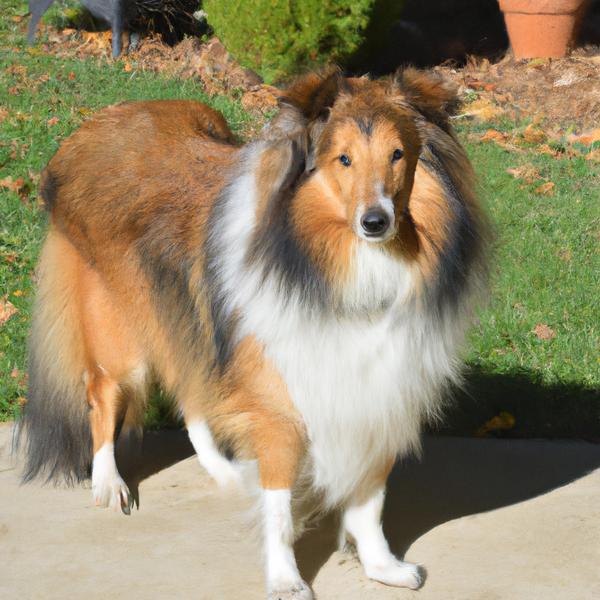
Gordon Sheltie
Pughasa vs Gordon Sheltie
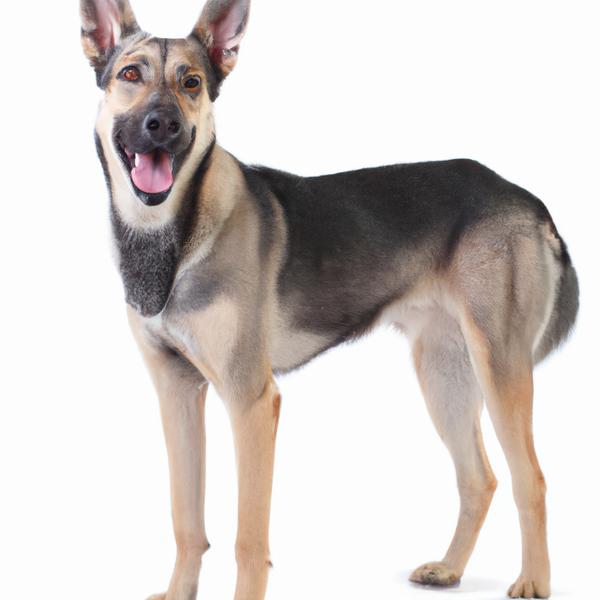
Maspyr
Pughasa vs Maspyr
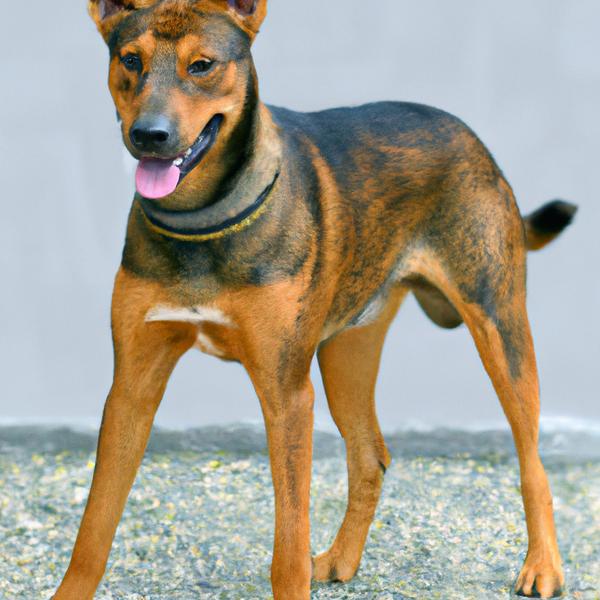
Bostalian
Pughasa vs Bostalian

Blue Blood Cane Corso
Pughasa vs Blue Blood Cane Corso
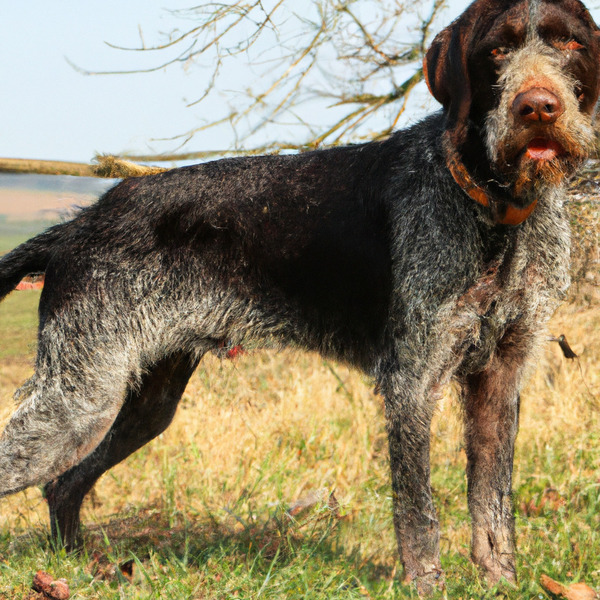
Deutsch Drahthaar
Pughasa vs Deutsch Drahthaar
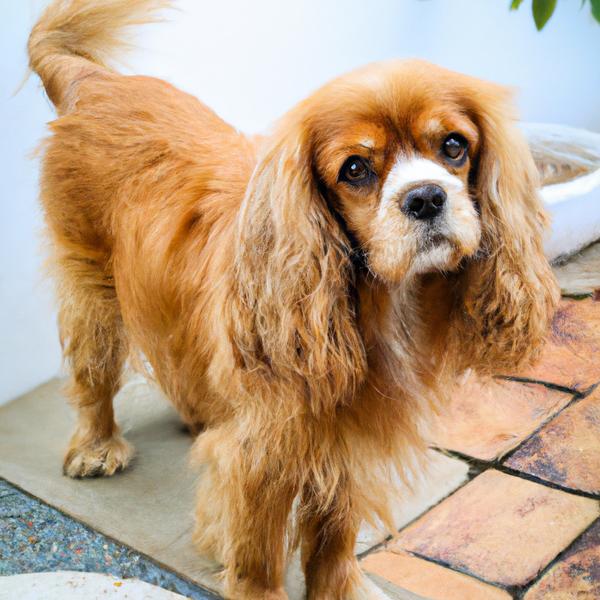
Golden Cavalier
Pughasa vs Golden Cavalier
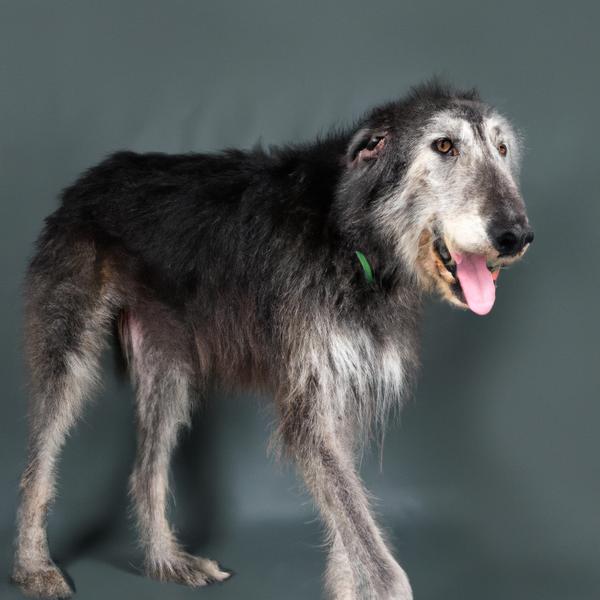
Old Deerhound Sheepdog
Pughasa vs Old Deerhound Sheepdog
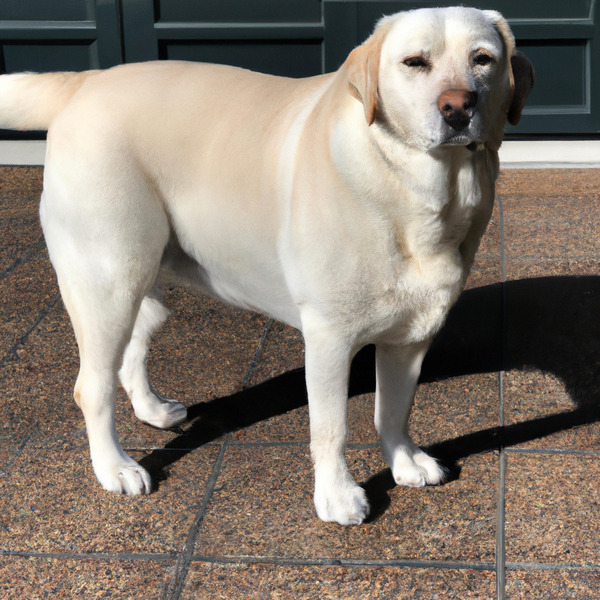
Labbe
Pughasa vs Labbe
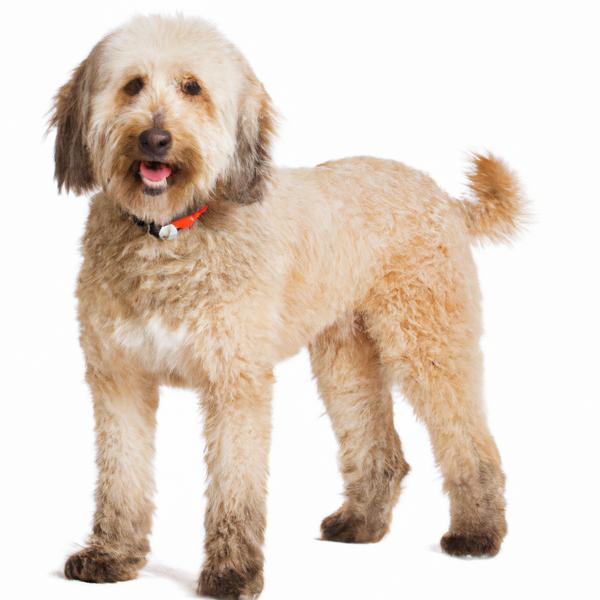
Terri-Poo
Pughasa vs Terri-Poo
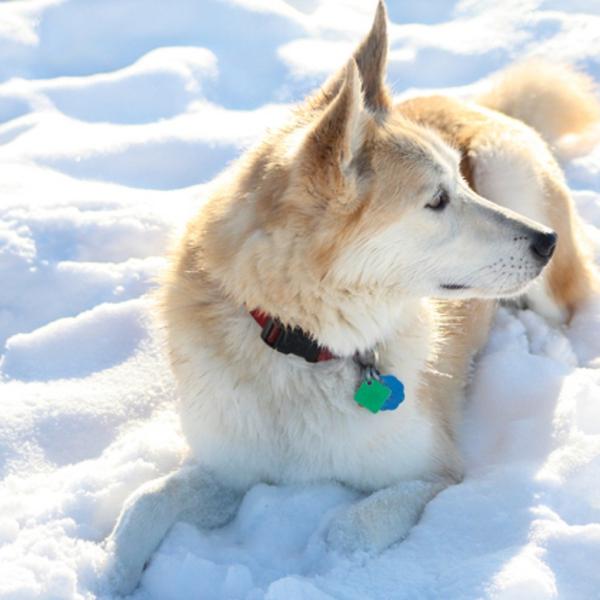
Labrador Husky
Pughasa vs Labrador Husky
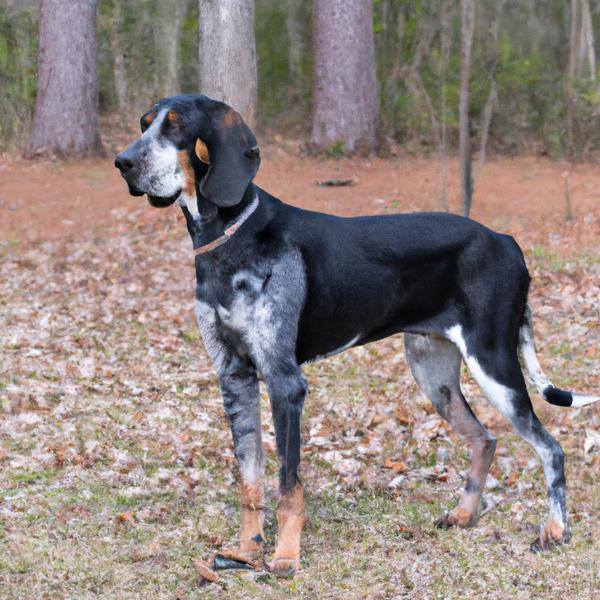
Bluetick Coonhound Harrier
Pughasa vs Bluetick Coonhound Harrier
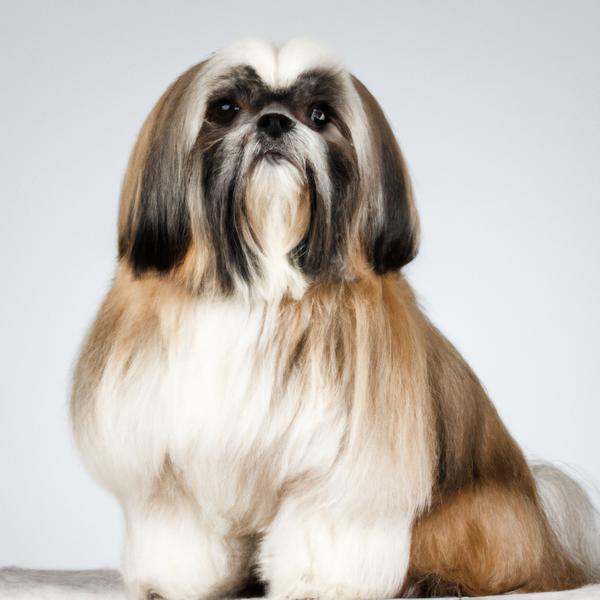
Jatzu
Pughasa vs Jatzu
